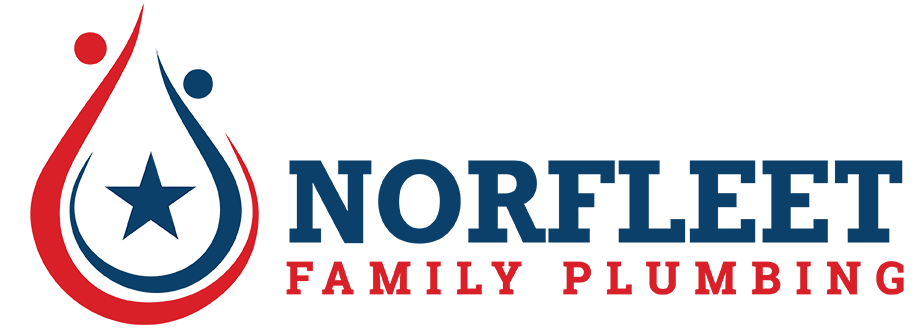Causes of Low Water Pressure
Experiencing low water pressure can be aggravating and challenging to pinpoint.
Experiencing low water pressure can be aggravating and challenging to pinpoint. Poor pressure can impact all the faucets throughout the house or may be isolated to one shower. Often, homeowners may feel there are few solutions to resolve low water pressure. Although a common thought, it’s not the case. There are several reasons a home may have low water pressure, many of which are correctable.
Regardless of the potential cause, low water pressure is often a sign of an underlying cause. A savvy homeowner can resolve some problems, while others require the skill of a professional plumber.
Understanding what could cause these types of problems and ways to take care of them could keep a home’s plumbing performing at top efficiency and improve the homeowner’s overall comfort and their monthly utility bill.
Mineral deposits
Minerals like lime and calcium are frequent in municipal water supplies, thus in homes. These minerals can build up inside water lines, producing low water pressure. It is by far the most common cause of insufficient water pressure.
There may be build-up throughout the home’s plumbing system, causing low water pressure at every faucet, showerhead, and toilet. Conversely, the build-up may be isolated from the main pipe into the primary shower. A plumber will likely need to replace the water lines in these cases.
On the other hand, corrosion and lime build up on shower heads and faucets, reducing water flow. Cleaning fixtures and shower heads frequently may help reduce the build-up, resulting in improved water flow.
Homeowners might also discuss a whole-home water softening system for mineral build-ups with their plumbing professional. These systems remove most of the minerals that collect in a home’s plumbing system so they cannot collect in the water lines.
Inspect the pressure regulator
Pressure regulators don’t typically experience problems. They are pre-set to a specific pressure and are found where the main water line connects with the property’s water lines. Its location protects it from damage.
Nevertheless, the pressure regulator may be the issue when the water trickles from faucets instead of flowing. If the regulator isn’t functioning correctly, a plumbing professional can determine if it can be reset or if the homeowner will need to replace the existing one.
Water Leaks
A water leak within a plumbing system will often cause low water pressure. Even small cracks in the pipe could lead to decreased water pressure. Homeowners can check beneath sinks and inspect exterior faucets for damp spots or obvious drips. Unfortunately, these leaks are often hidden and require a skilled plumber to locate them.
When homeowners face unexplained low water pressure, their best option is to contact a reliable plumbing contractor to determine the cause and offer a solution to restore their plumbing system to the best working condition.
If you need a licensed, bonded, experienced plumber for plumbing installation and service in Chandler, Gilbert, Mesa, Queen Creek, Ahwatukee or San Tan Valley call Norfleet Family Plumbing Heating and Air at 480-681-1764.

